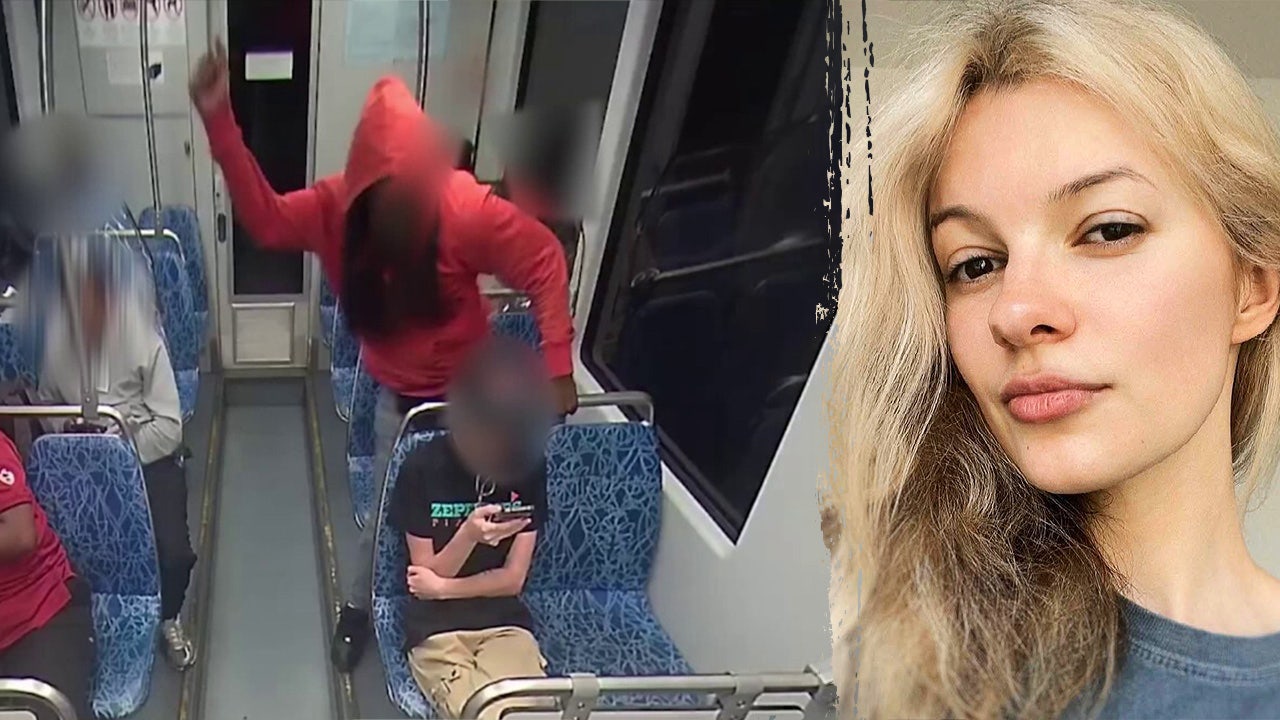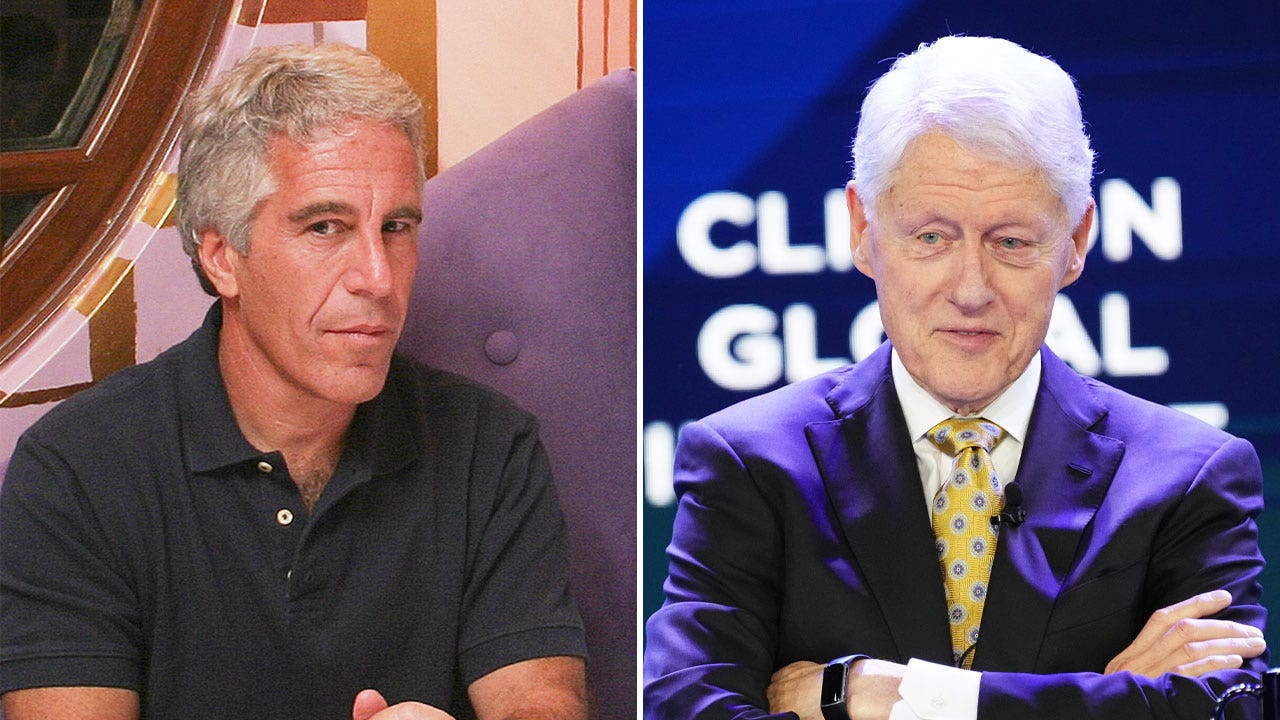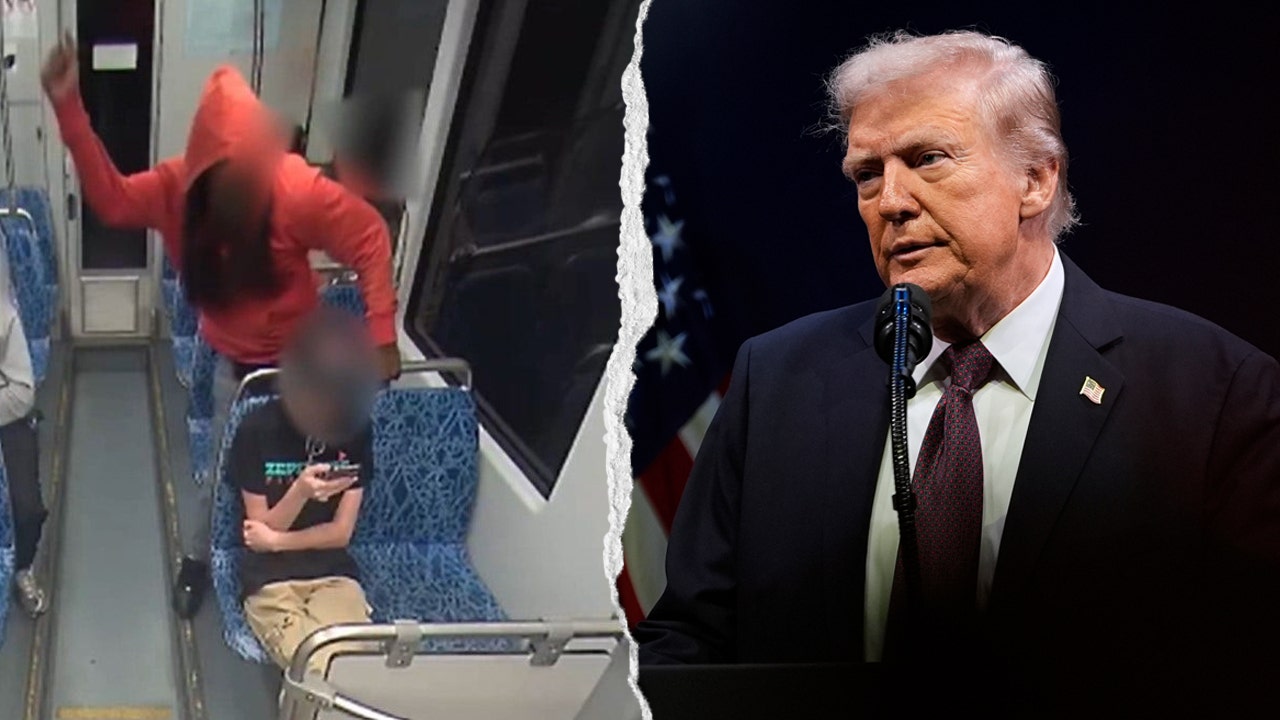The Hitchhiker’s Guide to confirming Trump Cabinet nominees

As the countdown to President-elect Trump’s inauguration on January 20th continues, the Senate is gearing up for what promises to be a traffic jam of confirmation hearings for his cabinet nominees. While the festivities and balls may take center stage in the days leading up to the inauguration, the real work will begin once the celebrations are over.
Several Senate committees are already in the process of scheduling hearings and markups to potentially move forward with the nominations of key cabinet positions. The Senate Foreign Relations Committee, for example, has a meeting set for January 20th to discuss the nomination of Senator Marco Rubio for Secretary of State.
History tells us that the Senate has a track record of moving quickly to confirm some of the President’s nominees shortly after the inauguration. In 2017, Defense Secretary James Mattis and Homeland Security Secretary John Kelly were confirmed on the evening of January 20th. This trend continued in 2021, with Director of National Intelligence Avril Haines being the first Biden nominee confirmed on the same day.
However, the process of confirming cabinet nominees can be a complex and time-consuming one. Delays due to paperwork, scheduling conflicts, and potential opposition from Senate Democrats could slow down the confirmation process. Nominees such as Pam Bondi for Attorney General and John Ratcliffe for CIA Director may face less controversy and could potentially be confirmed more quickly than others.
In order to expedite the confirmation process, the Senate may choose to confirm multiple non-controversial nominees together in one fell swoop. This tactic, known as confirming nominees “en bloc,” allows the Senate to clear a group of nominees with no objections in one vote.
Despite efforts to streamline the process, confirming President-elect Trump’s cabinet nominees is likely to be a lengthy and arduous undertaking. With over 800 positions requiring Senate confirmation, hours of floor time, early mornings, late nights, and even weekend sessions may be necessary to complete the process.
As the Senate juggles the confirmation hearings with other legislative priorities, such as passing important bills and agreements, the coming weeks are sure to be filled with intense debate, negotiation, and long hours in the Senate chamber. The race to confirm President-elect Trump’s cabinet nominees is on, and it promises to be a challenging and demanding process for all involved.




